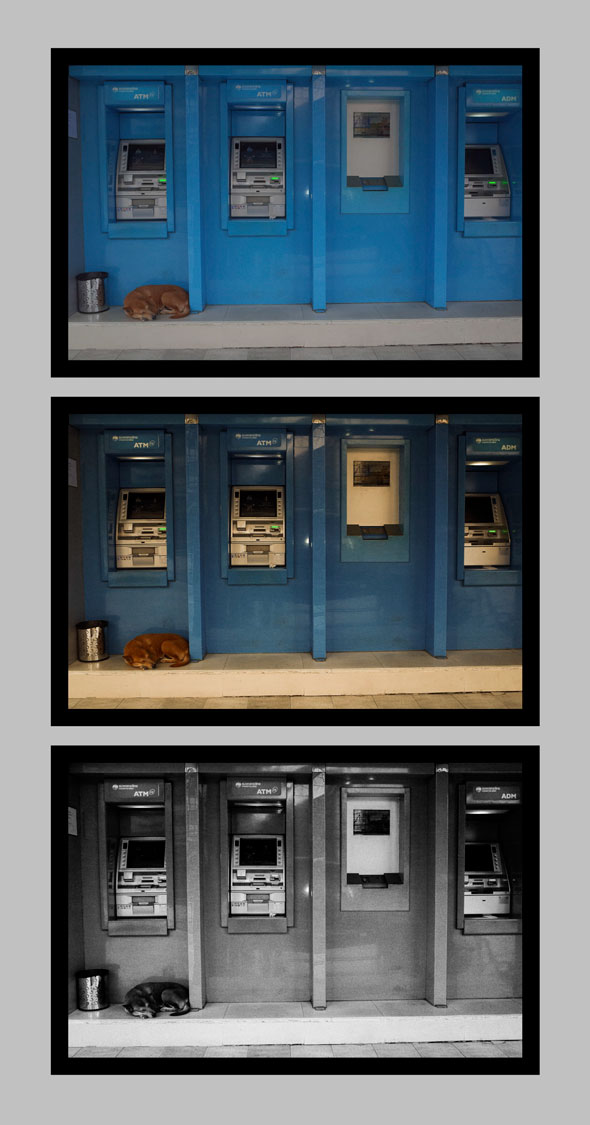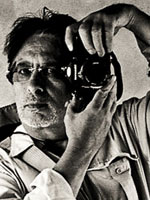
This is an article for normal people, not technicians. The title is somewhat misleading. Some ask if the company can keep up with the competition. But the fact is, at the moment the real question to ask is: can Olympus keep up with with the demand for the new OM-D EM-1, currently an Amazon #1 seller. Product availability has been unable to keep up with demand and hype created.
Of course, we know this could be the same sort of marketing strategy as was employed with the Honda civic. Honda deliberately held back both on production and delivery, thereby creating a demand, and that demand created a myth. A myth which today, we might add lives on. Not only was Honda’s marketing strategy a huge success but, a well deserved one at that. At least within the context of automobile production.
There is another similarity between the new EM-1 and the Honda Civic. Both were aimed at a particular market sector of more informed buyers that were aware of the fact big cars were not as necessary as was previously believed and the price factor calculated in made the Civic a real competitor for many.
The Olympus EM-1, while not tiny, is still small enough to avoid making you look like a pro or, god forbid, a wannabe-pro prancing around with a volume of gear that really should be moved by crane. The mechanical type, not the bird.
In my eyes the size of this camera is both an advantage and yet, in a way a disadvantage. Some who will want it will possibly believe it is not quite small enough to tuck in a coat pocket. Others will feel it is not quite big enough to be considered serious (yes, many buyers today think about these things more so than the resulting photography) Their hesitation will hopefully not prevent them from buying.
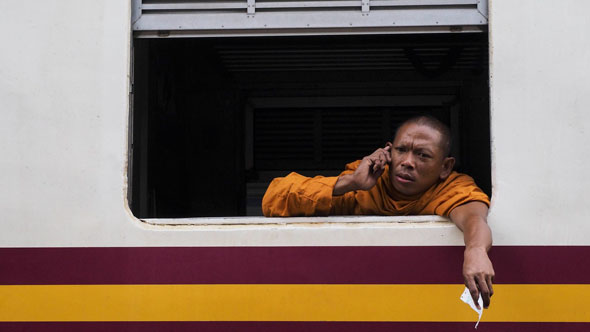
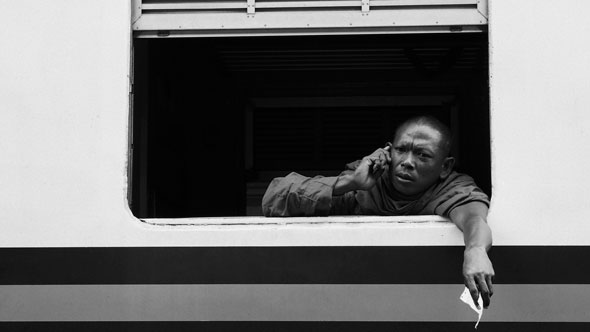
I used this camera with a 12-40mm zoom lens. The size is increased considerably, to the disadvantage of those wanting to remain less visible. I was impressed by the ease of using the zoom though, and that’s something considering I rarely, if ever use a zoom lens. There were times I forgot I was using this zoom lens. The image quality was exceptional. But as I am not a pixel counter or interested in viewing bricks let me reiterate something I have said before which holds true for the EM-1 or any other digital camera in my opinion:
The images out of the camera are not decisively important. Almost all people will change the quality (or lack of it) in post-processing. This is after all one of the advantages of using digital photography. Digital photography is almost made for post-processing. Film scanned often means using post-processing to try to get back the original film look which scanning can alter.
Having said this, I will add a few of the images were so spot on in color there was no need to use post-processing at all, only for slight adjustment in exposure and/or contrast. This surprised me.
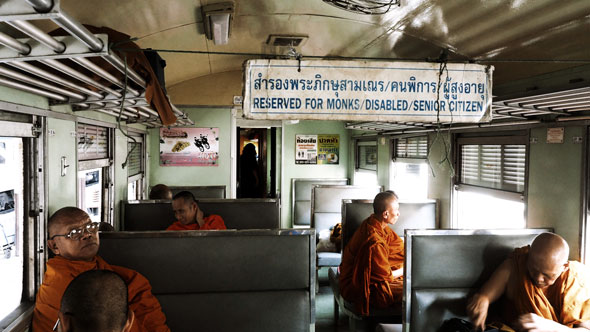
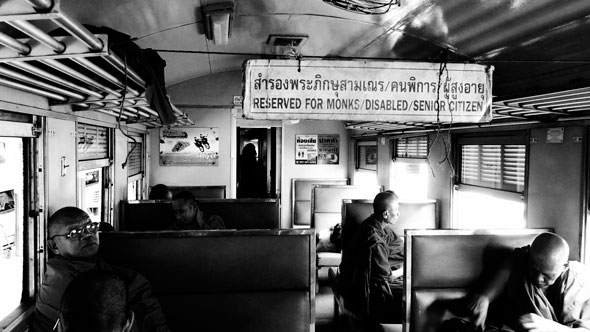
There is a gimmicky option listed as “art filters”. It is sort of like painting by numbers where you get a kit of basic colors and a blank canvas with numbers where you fill in the corresponding colors and presto, within a few hours or days you have replicated “art.” These are:
- Pop Art
- Soft Focus
- Pale & Light Color
- Light Tone
- Grainy Film
- Pinhole
- Diorama
- Cross Process
- Sepia
- Dramatic Tone
- Key Line
- Watercolor
- Art Bracketing
Enough said. Why any company puts such things into their programs for a fairly serious camera capable of good images is beyond me. Actually it is not really beyond me but rather beyond the scope of this article.
One “gimmick” I much liked and used often is the 16:9 format. Coming from and still using primarily film I did not think it easy or interesting enough to use this format at first but the option proved me wrong. Composition can be tricky but in a sense a challenge which allows you to compose in ways you normally would nor consider nor expect.
What I do with a camera is usually easy enough. I set it to aperture priority, natural color, RAW when possible and prowl the streets and train stations, markets and off the beaten track places with camera in hand. The rest of the option possibilities are really superfluous for me and I believe, for most people once they realize they could, and should control the situation using a camera, not use a camera that will control and probably limit the possibilities of any given situation. The camera is a tool, not a crutch.
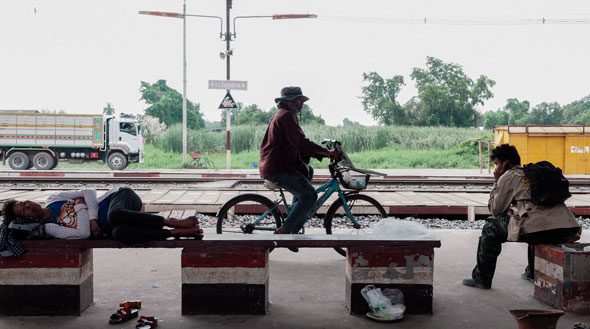
Casual snapshooters for family vacations and picnics or celebrations may more likely be using all auto-set ups and they might as well throw the manual away once the novelty of “art” presets wears off.
The camera itself is extremely easy to work with. The grip is exceptional.Even with the strap wrapped around my forearm I sometimes felt as if there were none. At no time did the camera risk slipping out of my hand. Not too heavy and not too light it felt like it belonged. Focusing and shooting were very easy. I do though wish, although as I said the 12-40mm zoom was very good and easy to use, a fixed focus lens had been made available. Perhaps at some future time I will do this.
I never quite felt I was wielding a huge beast. Nor though did I feel I was carrying a camera that allowed me to remain anonymous. The lens makes a big difference.
The viewfinder is excellent, easy on the eyes and in no way becomes a barrier. The functions simple enough if you ignore the options that are really not needed, with hot buttons you can easily program once and then use as long as you like.
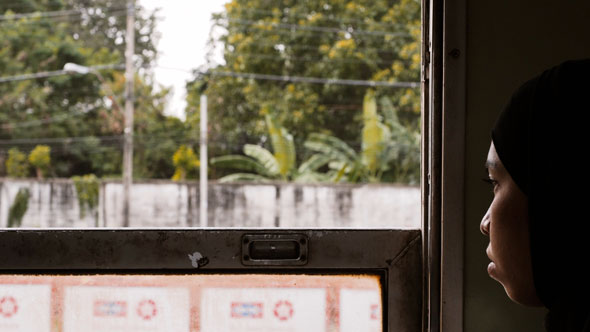
At this point I take a small detour to add something humorous. I was given a small, condensed version of the user manual (they know what I don’t want for sure, a manual the size of War and Peace).
When I read the following I had to wonder who exactly some of the information was written for:
PRESSING THE SHUTTER BUTTON HALFWAY AND ALL THE WAY DOWN:
The act of lightly pressing the shutter button down to the first position and holding it there is called “pressing the shutter button halfway”; that of pressing it all the way down is called “pressing the shutter button all the way down.”
Got that?
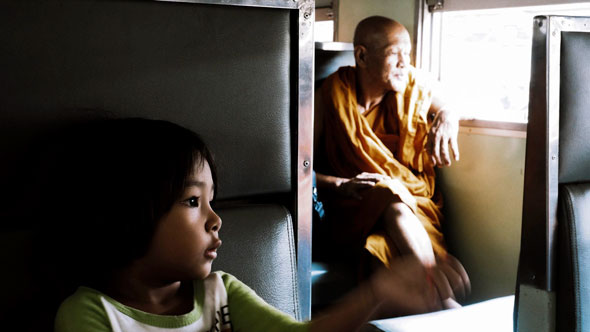
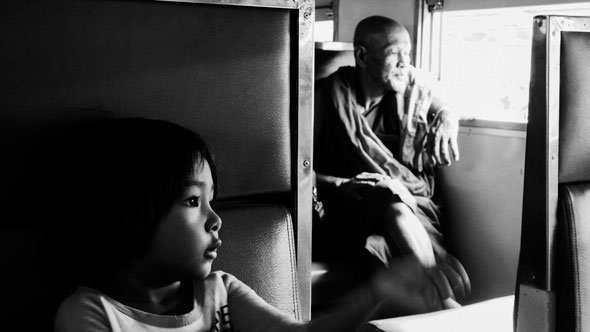
Yes, the camera body is sturdy and weather proof, the viewfinder is as I said close to perfect. The buttons are comfortably placed and easy to grasp, both with the mind and the hand. Some say it is a “pro-built body” and I in large part agree. Some cameras may strive to look more like what people equate with pro cameras but the actual use is what counts, is it not?
Although there is a high potential for customized options I believe the intrigue for some people will wear off and they will be left to use the camera as a basic photography tool. And it will not fail them!
I have heard some say the options are just overwhelming; read “too much.” IMO a camera should give the basic options to people to go out and photograph and leave gimmickry to toy cameras or, in some cases to other fields of photography, like pinhole or Holga cameras which have rightfully claimed their place as “serious” photography.
As for some of the technical details any reader can find the information at any time. 16MP CMOS Micro Four Thirds sensor. ISO 100 to a ridiculous 25,600. Built in Wi-Fi. Electronic viewfinder. And more.
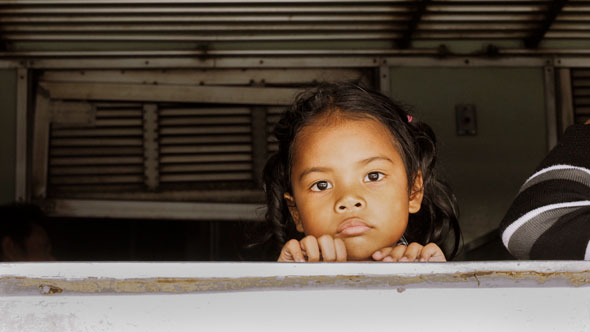

Lastly I refer back to its size, usability and handling. It is a camera somewhere between small and large, nor one nor the other. That is good and in some ways not so good. Its sizing is deceptive. In the right hands this camera is capable of excellent results. In the wrong hands it can help the user along. In my opinion it still needs to find or rather clearly define its place, where its roots are and where it is heading. In the meantime, it is a stellar performer and will be a major success. Of this I a sure. I am also sure to a large extent, although it seems to be trying a bit too hard, its success is deserved. And as far s its roots go, Olympus has a long history of quality camera making.
Image Quality
I have tested both the Nikon D700 and Canon 5D Mark III. Both of course are considered professional cameras and both can, after all give us good images. But somehow, the images from the OM-D EM-1 in an indefinable way result in images that are easier to work with in post-processing and give a certain dimension I find not as easily attainable by the former two mentioned models. There is an almost tangible feel to them.
That may or may not suit today’s ambitions and may seem out of place in a fashion magazine or model shoot, but for someone seeking good quality image potential with… forgive me for saying so… an almost nostalgic feel to them (granted with some post process manipulations) this camera is excellent.
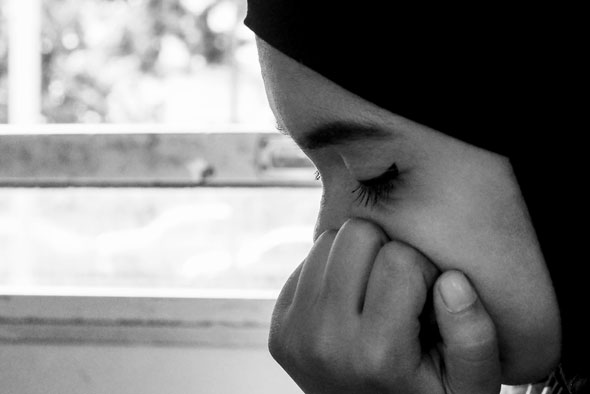
Price
Down to the nitty gritty. The price is not low. It is closer to high than low and I believe those seeking assurance in product label and reputation will probably, if they already use nikon or canon, not switch. If the price were considerably lower they might be tempted, at least to give it a try. The current price tag for the EM-1 body alone is $1,399 and the said lens, $999 which is $2,400 after all. Of course as is being proven this price tag seems to be acceptable to enough buyers for Olympus to be satisfied.
So we know a new full-frame Nikon D600 is “only” a few hundred dollars more. Add a new $359.00 35mm F2 lens into the deal and you are using a full-frame body with one heck of a good lens for a total of about $2,200 to $2,300. Of course not everyone likes a fixed focal length lens. Personally it is my preference.
However the comparison price-wise is somewhat unfair except that yes, the Nikon D600 is after all full-frame. With the EM-1 at $1,399 we could put on a 17mm Zuiko F2.8 lens (34mm equivalent in 35mm photography) which is available for about $300. I would need to compare this Zuiko 17mm lens in actual shooting but it has received very good reviews. Price-wise the difference suddenly goes in the OM-D EM-1’s favor.
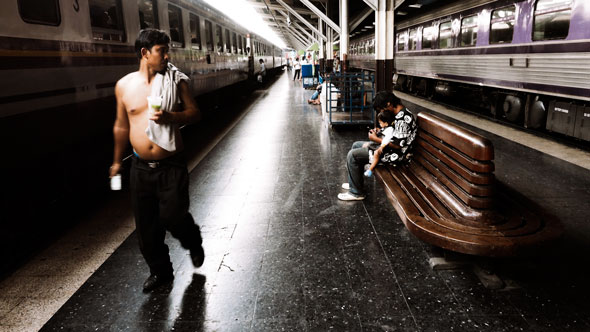
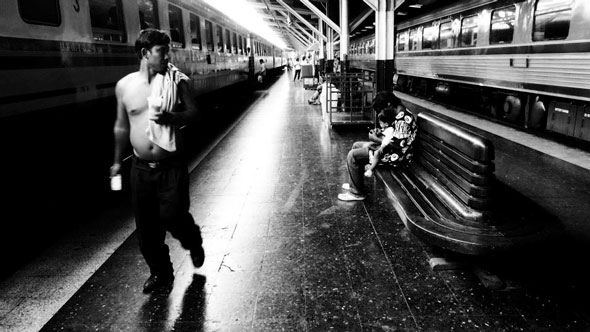
Overall Conclusion
Very, very good. Almost impossible to disappoint. Olymous as I said has a long history. Without doubt it also has a long future.
Addendum: Some refer to this camera as pro, semi-pro. Either way, anybody can in theory buy any camera. What makes a camera pro (actually what makes anybody good at photography) is not the camera itself but the person using the camera. This camera, in the right hands, can do even better than a pro camera in the wrong hands; it can create wonderful images not as commodities to sell on the market, but as visually pleasing images to enjoy and share.
+++ If you like what you read on THEME, please consider supporting this site by purchasing gear via these trusted partner links. We earn a small fee and you don’t pay a cent more.
You can order the Olympus OM-D E-M1 and the fast new 12-40mm F2.8 PRO zoom from Amazon (dedicated page / body / lens), B&H (body / lens) and Adorama (body / lens).
Ronn Aldaman is a photographer in Bangkok. He uses film exclusively — with the exception of occasional forays into the world of digital photography that he seems to enjoy more and more. Ronn organizes photo tours and workshops. For more information visit ronnaldaman.com.
You can also support Ronn’s Indiegogo (Kickstarter) project A Drop in the Bucket helping to improve poor people’s life in Thailand through the world of photography.
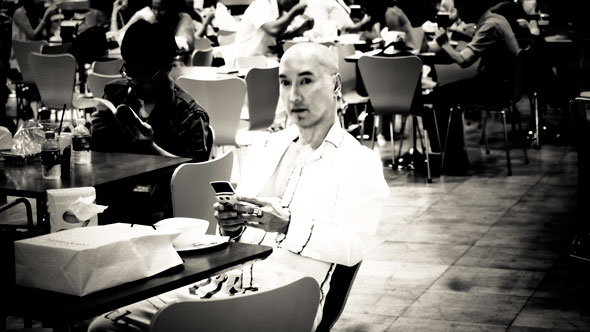
Here a series of triptychs showing images 1) straight from camera; 2) post-processed in color; 3) post-processed in B&W.

